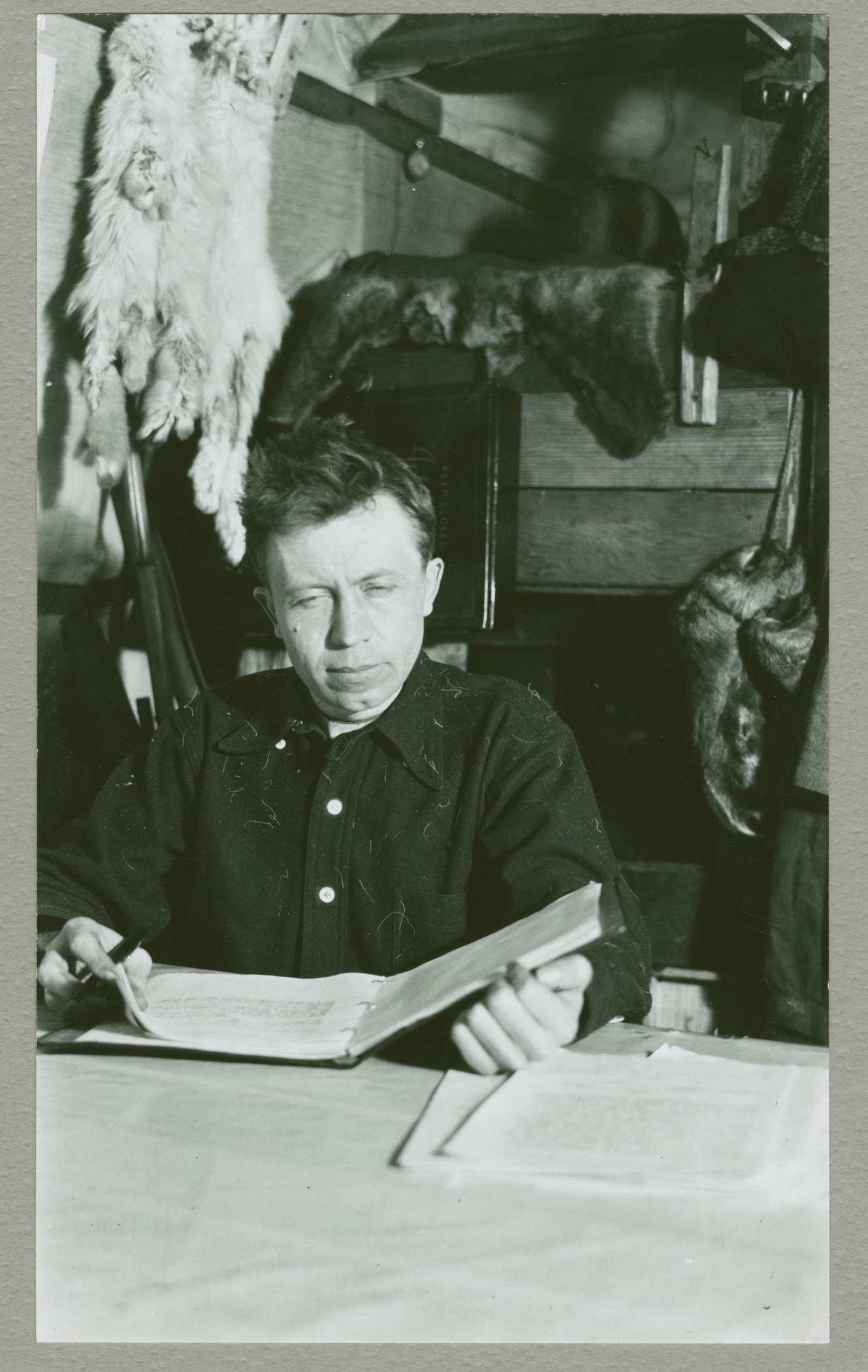Vilhjalmur Stefansson
"The greatest danger in life is in not taking the adventure."
Vilhjalmur Stefansson
Biography
Vilhjalmur Stefansson, of Icelandic descent, was born in 1879 in Manitoba, Canada. At just one-year-old, he moved along with his family to North Dakota where he spent his childhood. From an early age, adventure and exploration piqued his interest. As a young adult, Steffannson studied at the University of North Dakota and later at the University of Iowa, ultimately continuing his studies as a graduate student studying anthropology at Harvard University. During his time studying at Harvard, he spent two summers in Iceland conducting archaeological research on the Arctic’s Inuit peoples. During this time in Iceland, his fascination with polar exploration ignited.
These two summers of research in Iceland propelled his passion for the Arctic and exploration, leading him to embark on two expeditions to the Arctic regions of Canada in 1906 and 1912. It was during these expeditions that he gained invaluable exploration experience and knowledge of Inuit culture and practices. His first expedition, from 1906-07, took him to the mouth of the Mackenzie River, where desperate circumstances, and a lack of supplies, led to him living with the Inuits. Here, Stefansson fully immersed himself in the Inuit community: observing and learning their language and culture, and gaining invaluable skills and knowledge. Upon his return, he published accounts of his adventures in the form of journals and books, sharing insights into the ways of the indigenous peoples of the Arctic. Six years later, in 1912, Steffanson set off to the Canadian Arctic again on an expedition fully funded by a Canadian government agency; this expedition was known as the "Canadian Arctic Expedition." This expedition followed the northwestern coast of Canada and spanned four years long. It was during this expedition that, dispite much harship and struggle, he claimed to have discovered a new group of Inuits, "Blond Eskimos.” Characterized by their light skin color, he claimed these newfound Inuits were a “lost tribe” of European dissent. Upon Steffanson’s return to the U.S., his ‘discovery’ spread around the world.
His relentless pursuit of exploration led him to dream of discovering new lands and Arctic regions, and his successes — and exploitation of Inuits — drove his enormous ego. While returning from his first two expeditions feeling as if there was more to discover, Steffanson continued to dream of further Arctic exploration. Ultimately, Steffansson had astounding contributions to the understanding of the Canadian Arctic: he added over a hundred thousand square miles to the Maps of Northern Canada.
Vilhjalmur Stefansson and Wrangel Island
Vilhjalmur Stefansson organized and abandoned the disastrous Canadian Arctic Expedition of 1913 to 1916, where survivors eventually reached Wrangel Island, a massive empty Russian island north of Siberia. In September of 1921, after failing to obtain Canadian government support for another official Arctic expedition, Stefansson sent four American men and Inuit Ada Blackjack to sail north, colonize, and claim Wrangel Island (Diubaldo and Kikkert 2007). This small group survived their first winter on the island—overcoming extreme cold, dwindling food supplies, and even a polar bear—and looked forward to the warmer summer months. However, Stefansson could not produce the money from the British government for a relief ship (Webb 1992). He eventually hired Captain Joe Bernard with The Teddy Bear who departed for Wrangel Island in late August 1922, but pack ice in the Russian Arctic blocked the ship from reaching the party of five. While Stefansson reassured the families and press that they need not worry, conditions worsened during the second winter and all four men died, leaving Ada the lone survivor of the expedition (Rowe 2022).
Works Cited:
Diubaldo, Richard J, and Peter Kikkert. “Vilhjalmur Stefansson.” The Canadian Encyclopedia, February 25, 2007. https://www.thecanadianencyclopedia.ca/en/article/vilhjalmur-stefansson.
Nunatsiaq News. “The Blond Eskimos.” Nunatsiaq News, nunatsiaq.com/stories/article/The_Blond_Eskimos/#:~:text=Stefansson%20spent%20a%20year%20among,and%20spread%20around%20the%20world.
Rowe, Peter. “Vilhjalmur Stefansson, Ada Blackjack and the Canadian Invasion of Russia.” Canadian Geographic, June 15, 2022. https://canadiangeographic.ca/articles/vilhjalmur-stefansson-ada-blackjack-and-the-canadian-invasion-of-russia/.
“Vilhjalmur Stefansson | Arctic, Explorer, Adventurer.” Encyclopedia Britannica, 20 July 1998, www.britannica.com/biography/Vilhjalmur-Stefansson.
Webb, Melody. “Arctic Saga: Vilhjalmur Steffanson’s Attempt to Colonize Wrangel Island.” University of California Press: May 1992.


